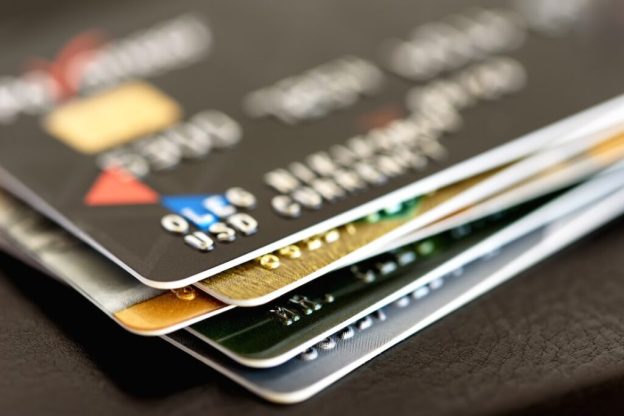Merchant employees need to be well-trained in order to provide efficient and accurate service when it comes to cash discounting. The purpose of this guide is to provide merchants with a comprehensive overview on how to train their employees for this specific task.
Merchant employees need to be properly trained in order to provide excellent service and qualify for cash discounts. The following guide provides an overview of the training process.
Train employees on how to handle customer inquiries and complaints. This includes providing accurate information about products, prices, and store policies, as well as resolving any issues that may arise.
The first step in training your employees for cash discounting is to ensure that they are familiar with the concept. Explain to them how cash discounts work and what the benefits are for both the customer and the merchant. Make sure they understand that the customer is responsible for any fees associated with the discount, such as surcharges or transaction costs.
Next, provide employees with a step-by-step guide on how to process a cash discount. This guide should include information on how to calculate the discount amount, how to apply the discount to the purchase, and how to handle any fees that may be associated with it.
Finally, practice makes perfect! Have employees complete a few practice transactions so that they are comfortable with the process. This will help ensure that they provide accurate and efficient service when it comes to cash discounting.
Cash discounting can be a great way for merchants to increase sales and improve customer satisfaction. By training your employees properly, you can ensure that everyone is familiar with the process and can provide accurate and efficient service. With a little practice, your employees will be able to handle cash discounts like a pro!
This concludes our guide on how to train your merchant employees for cash discounting. We hope you found this information helpful and that it will assist you in providing better service to your customers.
What is Cash Discounting?
Cash discounting is a type of pricing strategy where businesses offer a discount to customers who pay with cash. The purpose of this strategy is to encourage customers to pay with cash, which is typically cheaper and more efficient for businesses. There are a few things to keep in mind when using this pricing strategy, such as the type of discount you offer, the fees associated with it, and how to apply the discount to the purchase. Let’s take a closer look at each of these factors.
The type of discount you offer is important to keep in mind when using cash discounting. You can offer a fixed percentage discount or a fixed amount off the purchase price. Keep in mind that you need to offer a competitive discount in order to encourage customers to pay with cash.
There are typically two types of fees associated with cash discounting: transaction fees and surcharges. Transaction fees are the costs associated with processing the cash payment, such as credit card processing fees. Surcharges are additional fees charged to the customer for using cash.


